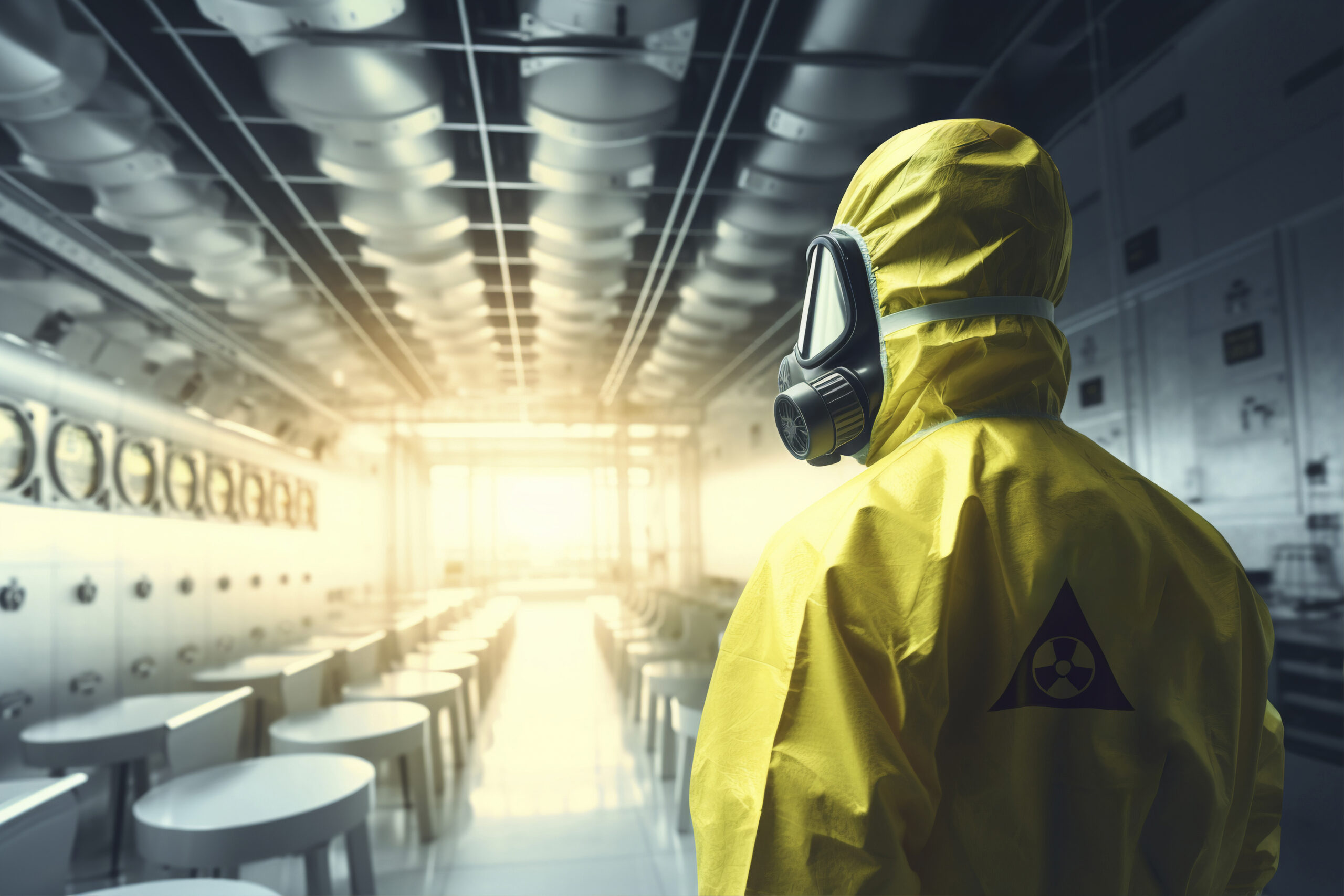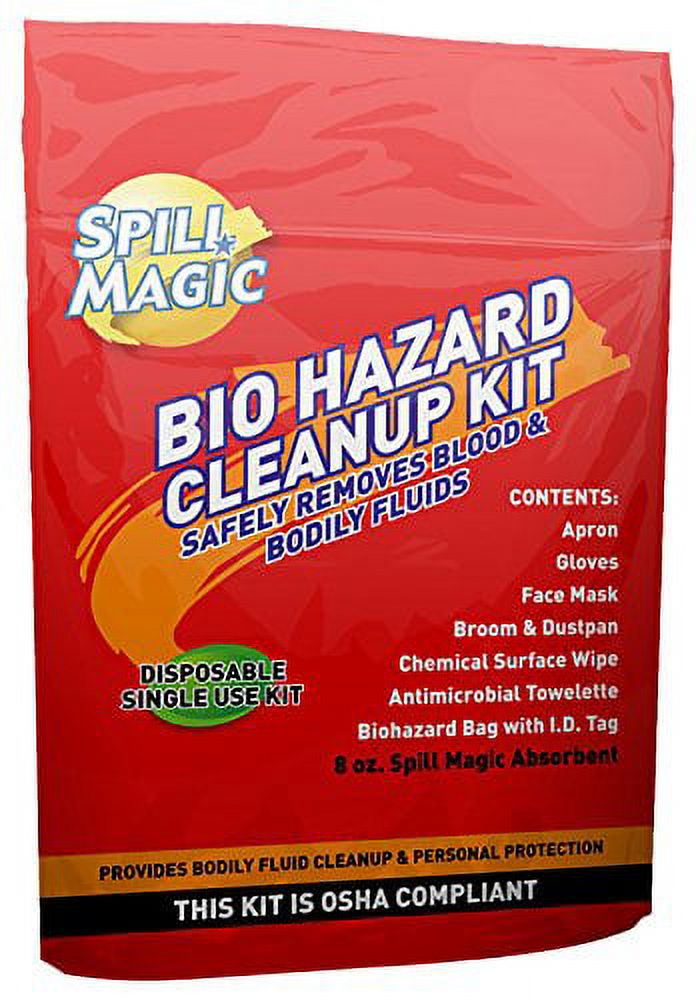Hoarder Cleanup Providers: Restoring Order and Security in your house
Hoarder Cleanup Providers: Restoring Order and Security in your house
Blog Article
Expert Biohazard Cleansing and Decontamination for Blood, Bodily Fluids, and Hazardous Products
The prospective wellness risks linked with direct exposure to biohazards underscore the critical demand for thorough handling and complete cleanup. As we navigate the detailed landscape of biohazard clean-up, understanding the subtleties of policies, compliance, and the specialized tools at play ends up being important in making certain a complete and safe decontamination procedure.
Wellness Dangers of Biohazard Direct Exposure
Direct exposure to biohazards postures considerable health and wellness dangers that can cause extreme effects for people and neighborhoods alike. Biohazards incorporate a broad variety of organic compounds, including blood, bodily fluids, mold, germs, viruses, and other possibly transmittable products. When people come into contact with these biohazards, whether via mishaps, incorrect handling, or ecological exposure, they face the risk of contracting major illnesses or conditions.
Among the primary health risks associated with biohazard exposure is the transmission of contagious diseases. Bloodborne virus such as HIV, hepatitis B and C, and numerous bacteria can be present in biohazardous materials, positioning a straight danger to human health and wellness. Inhaling air-borne biohazards like mold and mildew spores or entering contact with polluted surfaces can also cause respiratory system problems, allergies, and other negative health and wellness results.
In addition, biohazard exposure can have long-lasting health ramifications, with some conditions manifesting years after the preliminary call (Blood Cleanup). Consequently, it is crucial to focus on appropriate biohazard cleansing and decontamination to reduce these wellness risks and guarantee the safety of people and areas

Specialized Educating for Biohazard Cleanup
When it comes to dealing with biohazard clean-up effectively and securely, specialized training plays an essential role in guaranteeing proper decontamination procedures are followed. Biohazard cleaning calls for particular understanding and skills to properly minimize threats connected with bloodborne pathogens, bodily fluids, and harmful materials. Specialists educated in biohazard cleanup undertake strenuous direction on exactly how to securely deal with, eliminate, and deal with biohazardous products to avoid contamination and exposure.
Specialized training for biohazard clean-up covers a variety of crucial subjects, including appropriate individual safety devices (PPE) use, bloodborne microorganism awareness, purification methods, and contaminated materials disposal methods. People trained in biohazard clean-up are furnished with the necessary competence to evaluate contamination degrees, determine prospective risks, and carry out suitable cleanup procedures in compliance with regulative criteria.
Constant training and education and learning are critical in the field of biohazard clean-up to remain updated on the most up to date purification technologies, safety protocols, and guidelines. By investing in specialized training, biohazard clean-up experts can successfully reply to emergency situation clean-up circumstances and safeguard both public health and the atmosphere.
Importance of Appropriate Purification Methods
Making use of appropriate decontamination techniques is vital in biohazard cleaning to efficiently get rid of harmful materials and decrease health and wellness threats. Efficient purification not just ensures the elimination of visible traces of blood, bodily visite site fluids, and other biohazards yet likewise targets undetectable pathogens that might pose serious wellness dangers if not correctly eradicated. By following rigid purification procedures, trained professionals can substantially decrease the risk of direct exposure to dangerous microorganisms, viruses, and microorganisms that might cause conditions or infections.
Correct purification strategies include making use of specialized tools and disinfectants that are particularly designed to counteract biohazards properly. Extensive cleansing and disinfection of polluted locations are necessary to stop the spread of pathogens and ensure a risk-free environment for passengers. Additionally, the proper disposal of biohazardous waste adhering to purification procedures is important in stopping contamination of other surface areas or individuals.

Tools and Tools for Safe Cleaning
When dealing with blood, bodily fluids, or unsafe products, biohazard cleansing professionals count on specialized equipment to decrease direct exposure dangers and thoroughly decontaminate the damaged location. In addition, biohazard cleaning kits consisting of anti-bacterials, absorptive materials, and biohazard bags are made use of to securely get rid of and include of polluted items.
Advanced cleaning tools like hospital-grade anti-bacterials, HEPA-filtered vacuum cleaners, and misting machines are utilized to sanitize surfaces and remove biohazards successfully. Specialized equipment such as sharps containers and biohazard garbage disposal containers are used to safely take care of sharp things and biohazardous waste materials. By utilizing the appropriate tools and devices, biohazard cleaning specialists can ensure an extensive cleanup process that focuses on security and minimizes wellness threats for both workers and owners of the damaged room.
Regulations and Conformity in Biohazard Cleansing
Correct adherence to laws and conformity standards is vital in biohazard cleansing to make sure the security of both employees and the environment. Government companies such as OSHA (Occupational Safety and Health Management) and check here the EPA (Epa) have actually developed details guidelines for biohazard cleanup procedures to reduce health threats and ecological contamination. These laws cover a series of elements including the handling, transportation, and disposal of biohazardous materials, along with the needed training and safety equipment needed for personnel associated with the cleanup procedure.
Biohazard cleaning firms have to remain updated with these policies to assure that their operations fulfill the required security standards. Failure to abide by these guidelines can lead to serious consequences, consisting of fines, lawsuit, and jeopardizing the wellness of people and the atmosphere. By adhering to rigorous laws and compliance procedures, biohazard cleansing business can successfully mitigate risks and make sure a thorough and secure clean-up process for all celebrations included.
Final Thought
To conclude, biohazard cleansing and decontamination require specific training, correct strategies, and adherence to laws. Exposure to blood, physical liquids, and harmful materials presents significant health and wellness threats, making it vital to utilize the right devices and tools for risk-free clean-up. By adhering to rigorous methods and standards, experts can effectively mitigate the threats associated with biohazard exposure and ensure the safety and security of both themselves and others.
As we browse the complex landscape of biohazard cleaning, comprehending the subtleties of regulations, conformity, and the specialized equipment at play becomes imperative in making sure a safe and complete purification process. (Blood Cleanup)
When it comes to taking care of biohazard cleanup certification biohazard cleanup efficiently and securely, specialized training plays an essential duty in guaranteeing proper purification treatments are complied with.Using appropriate decontamination techniques is vital in biohazard cleanup to effectively decrease and get rid of hazardous products health risks. In addition, biohazard cleaning packages including anti-bacterials, absorbent materials, and biohazard bags are made use of to safely have and dispose of contaminated things.
Government companies such as OSHA (Occupational Safety and Health Administration) and the EPA (Environmental Protection Company) have actually established particular guidelines for biohazard cleanup procedures to decrease health threats and environmental contamination.
Report this page